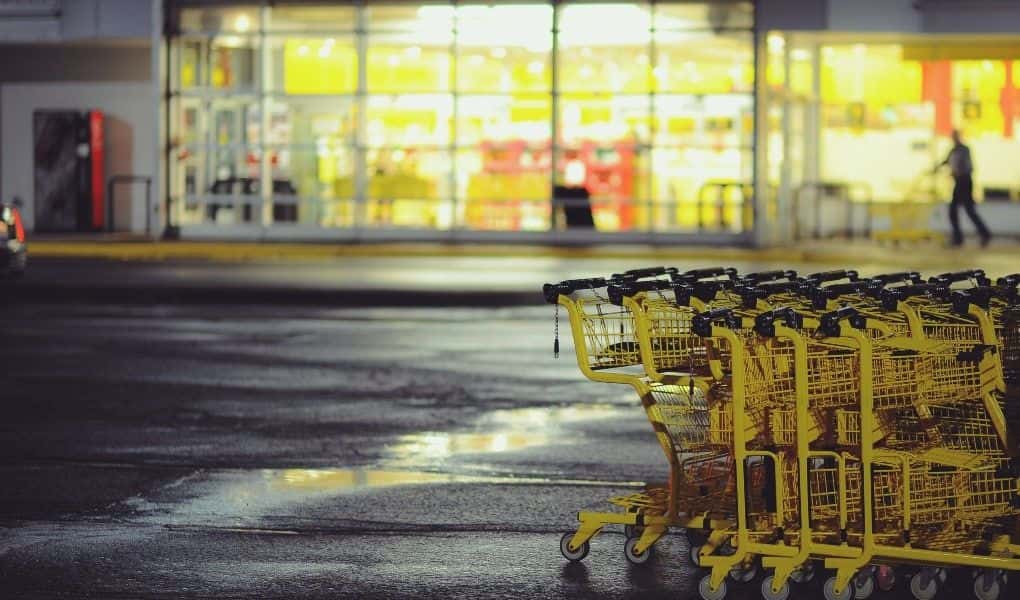Grocery Store Walkway Puddle Causes Slip And Fall Accident
This case involves a man in his late 40s who sustained a back injury due to a slip and fall in a grocery store. The incident took place on a snowy day. A puddle of melted snow had accumulated in the walkway, and there were wet carts by the registers as well.
Updated on
Case Overview
As the plaintiff was walking by, she slipped on the puddle and fell, causing a severe back injury. The manager of the store alleged that the carts were placed there for the store’s cart exchange program which allowed baggers to unload, bag, and reload purchases more efficiently. An expert in grocery store management was sought to speak to employee training and operational standards of care when dealing with inclement weather.
Questions to the Retail Store expert and their responses
Please explain your experience in grocery store operations and management.
I have 20 years of experience in retail safety, loss prevention, and store operations. I have served as senior director of safety for a company that operates 70 warehouses and 100+ retail grocery locations.
What is the standard of care when it comes to inclement weather planning, with particular regards to carts?
During inclement weather it is of critical importance that all walking surfaces are kept free and clear of snow, ice, and excessive water accumulation. Store management should be monitoring the front end of the store, including the entry and exit points, the vestibule, and the checkout lanes. Carts that have accumulated snow and ice need to be staged in a covered area, if possible, and an employee is generally responsible for ensuring carts are put away in the proper areas. Any damaged carts are placed out of service. During inclement weather, it generally is the responsibility of the front end manager to ensure water, ice, and snow do not accumulate.
What could have been done to prevent this situation from happening?
Employees should be instructed to notify management of any hazardous situation that could pose a risk to a customer or employee. Some companies use an audit system to ensure common areas like vestibules, restrooms, and check out areas are hazard-free.
About the expert
This expert has more than 20 years of retail safety experience. He has worked in directorial roles at numerous retail/wholesale industry leaders, including Home Depot, Sears, Kohl's, and C&S Wholesale Grocers. He specializes in safety, loss prevention, training and facility maintenance, safety program design and development, and retail management. Currently, this expert is the owner of a private retail safety consulting firm in Arkansas.

E-060649
Specialties:
Subscribe to our newsletter
Join our newsletter to stay up to date on legal news, insights and product updates from Expert Institute.
Sign up nowFind an expert witness near you
What State is your case in?
Subscribe to our newsletter
Join our newsletter to stay up to date on legal news, insights and product updates from Expert Institute.


